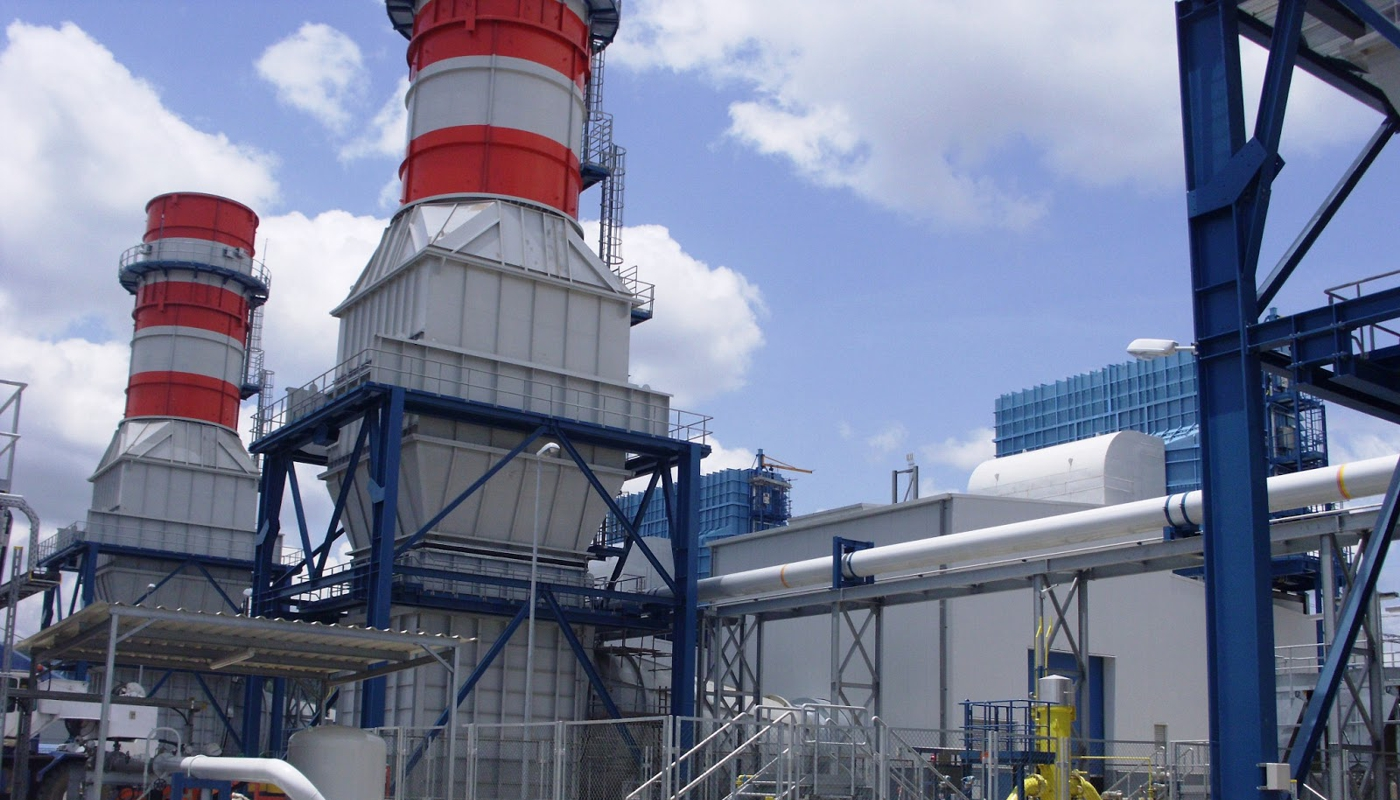- Your cart is empty
- Continue Shopping

Illuminating the Niger Area 2004 – 2020: A Chronicle of Nigeria and Her Power Sector Reforms (2)
By Oti Francis
Last week, we began a retrospective journey into Nigeria’s Power Sector Reforms from 2004 to 2020. The throwback is to help EnergyHub customers who are players in the electricity value chain understand the growth trajectory of Nigeria’s electricity industry. We previously indicated the achievements of the Obasanjo administration (1999-2007). We noted the passing of the long-stalled Electric Power Sector Reform Act and the subsequent unbundling of the Power Holding Company of Nigeria (PHCN) into eighteen power companies that included power generation and distribution companies, while the government retained ownership of the Transmission Company of Nigeria (TCN).
The Yar’Adua Administration (2007-2010)
President Umaru Musa Yar’Adua took over the mantle of leadership in August, 2007. The administration came with a Seven Point Agenda template. The focus was on tackling the infrastructural deficit that lingered in the energy and transportation industries. The mission was to make Nigeria one of the top twenty global economies by 2020.
The Yar’Adua administration was undoubtedly ambitious and had the optimism required for transformation. Expectedly, President Yar’Adua stepped in as the chairman of the National Energy Council. In about a month after his entrance, he inaugurated a Power Sector Reform Committee. This time, the President’s Adviser on Energy and Strategic Matters, Dr. Rilwanu Lukman was handpicked to lead the committee to the promised future. Dr. Lukman was a former Federal Minister of Mines, Power, and Steel (1984–1985) and Federal Minister of Petroleum Resources (February 1986 – February 1990), (December 2008 – March 2010). He was also Secretary-General of OPEC (January 1995 – December 2000).
Essentially, the Lukman-led committee was out on a six-month task to tackle the electricity supply challenges on a national and structural level and also proffer functional remedies. One of their major tasks was to improvise effective strategies to maximize the nation’s existing power generation assets and deploy it for optimal transmission and distribution.
While working on a long term sustainable power generation master plan, the committee would also evaluate the efficacy of active power sector initiatives like Independent Power Production (IPP) and National Integrated Power Project (NIPP). The goal was to ensure all these projects were streamlined into the framework which the master plan would provide. The projects would also need to be reviewed for accountability and efficiency. These were attempts to ensure all approaches from previous and present administrations had a long term impact. In cases where such approaches were absent, the committee had plans to streamline them into the national master plan.
The Report
The Power Sector Reform Committee submitted its findings and recommendations in June 2008 with the shocking advice to the Yar’Adua Government to halt the power sector privatization started by the previous administration. There was an urgent need to repair and properly maintain the existing power generation assets and infrastructure. Privatizing the system without taking these steps was going to lead to one inevitable end: Epileptic power supply.
The committee’s call for rehabilitation of existing power assets was complemented by a budgetary recommendation of $85 billion. According to the committee, it was difficult for the Nigerian electricity industry to meet her 2020 goal of generating 20,000 MW without taking these sacrificial steps.
The committee seemed to have a long term vision in its budgetary demands, as its proposed $85 billion was intended to fund the sector for 12 years (from 2008-2020). The budget would drive all the goals included in the decade-long Master Plan created for the Power Sector.
The committee’s report created tensions which would then direct serious questions of accountability to the Obasanjo era. The previous administration had made a great capital investment in the power sector and there were concerns that not enough evidence was on ground to show for such huge investments. This would escalate into a national probe and suspension of the Chairman and six commissioners of the Nigeria Electricity Regulatory Commission (NERC). After a meeting with an ex-cabinet member of the Obasanjo administration and former President of the World Bank Africa Division, Mrs. Obiageli Ezekwesili, President Yar’Adua disclosed that over $10 billion had been pumped into the sector by the Obasanjo administration (2000-2007).
For prudence, the Yar’Adua administration announced plans to halt investments into the sector until a clear and sustainable project plan was in place. This to President Yar’Adua was the real beginning of any reform.
The President was insistent on holding back as recommended by his team. In his view, the mismanagement of funds committed to the power sector by the previous administration had made him wary of funding it continually. Although his goal in 2009 was to generate 6000MW, he was wary because:
“…The $10bn invested in the sector between 2000 and 2007 has not translated into power generation, transmission, and distribution. So we are exercising caution to ensure that any further funds allocated to the sector would translate into production and delivery of energy to the ordinary Nigerian.”
Actions
President Yar’Ardua entered into a deal with the American multinational General Electric (GE). Another MOU was signed with the German government to kick start development projects for the Nigerian electric industry. German company Siemens was a beneficiary of this contract. A Gas Master Plan was launched immediately to mitigate the gas supply deficit in the Papalanto, Omotosho and Geregu power plants.
Source: NEW ENERGY RESEARCH PROJECT
Interestingly, those were the power plants built and commissioned by the Obasanjo administration. Over $600 million was pumped into the master plan. On May 5, 2010, President Yar’Adua died after a protracted period of illness and incapacitation. His Vice, Dr. Goodluck Ebele Jonathan was sworn in as President.
Observers in this discourse may believe much could have been done if Yar’Adua’s performance had not been plagued by health challenges leading to his untimely death in 2010. On the other hand, some opined that his fixation with probing past power sector expenditures may have blurred his vision of delivery and sense of urgency.
Enter the Goodluck?
Upon the untimely exit of the late President Yar’Adua, his vice Dr. Goodluck Ebele Jonathan took over the baton. Goodluck was not a new face to the game plan. He had chaired the National Economic Council and also replicated this same role in the National Council on Privatization. He had firsthand knowledge on the blueprints of the Electricity Sector Road Map and the visions of the Power Sector Master Plan. In the shoes of his former boss, Goodluck Jonathan was going to navigate stormy waters. He must avoid the blame game template as well as the forces that plagued past administrations to deliver electricity in the best way possible.
…To be continued.
